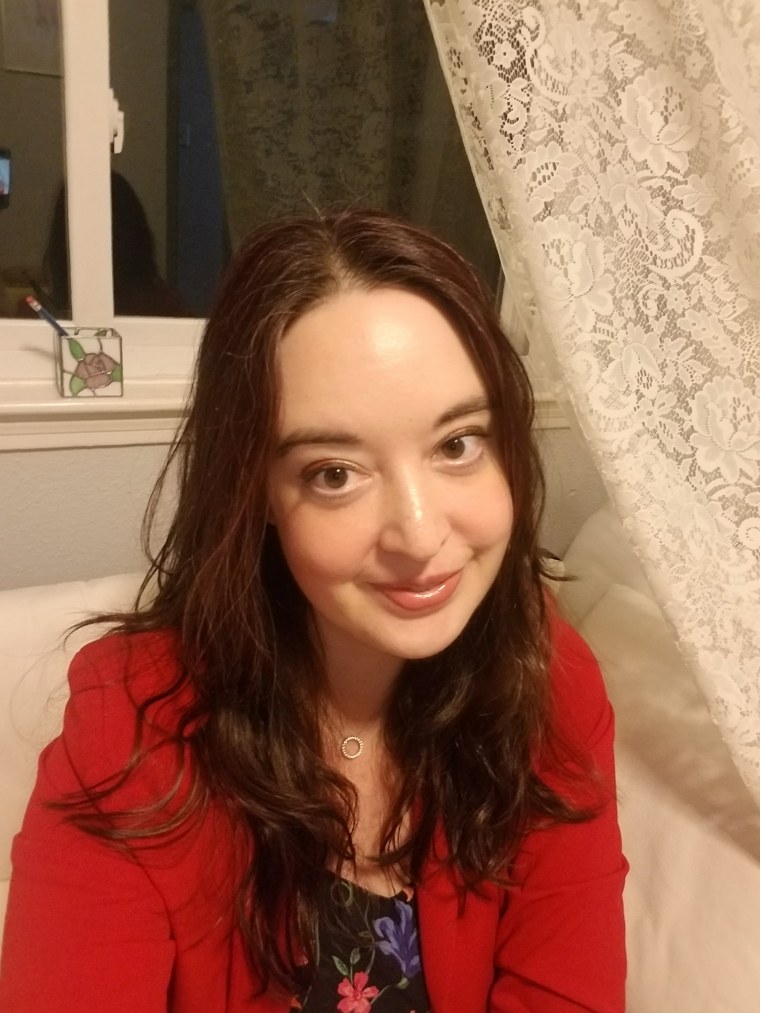After teaching violin lessons until 9pm, I spend most evenings with Dave — that is, Dave Ramsey, the radio host who dishes out money advice. I doomscroll through his videos on YouTube while obsessively checking my bank account as I scarf down a late dinner. As I near 40, concerns about retirement have begun to creep into my thoughts in the same way stiffness has begun to invade my lower back. On paper, I’m doing all the right things. I pay my credit card bill in full every month. I bought a house when interest rates were low, then furnished it with pieces I found at Goodwill. But unlike my friends my age, I live with a chronic illness that severely limits the hours and type of work I’m physically able to do. I’ll never be able to work full time, and not having access to resources like health insurance through a job or an employer-sponsored retirement plan means I’ll never quite keep up with my able-bodied peers. If my disease flares, I’ll suddenly become too ill to work for a few months to a year with no advance notice. In my future looms not a peaceful retirement with occasional trips to see the grandkids, but an ominous question mark.
The word retirement conjures a specific image in most Americans’ minds. A modest-sized paid-off house. Days spent enjoying hobbies. Leisurely vacations. At the core of our collective understanding of retirement is a carefree life in our golden years. But due to wage stagnation, inflation and a shift to a gig economy rather than steady employment with benefits, traditional retirement is becoming less and less attainable for many Americans. According to a 2021 study, only 45% of Americans between the ages of 45 and 59 are financially on track to retire. Disabled Americans like me are uniquely vulnerable. Not only is our earning potential limited, but we’re also more likely to be hit with surprise medical expenses. Over the past three years, I’ve had to spend $750 on an emergency infusion my insurance wouldn’t cover, hundreds of dollars on doctors’ appointments while I was too sick to work, and $800 for special UV-blocking tint on my car when I developed a sudden and severe reaction to sunlight, among other expenses. I’m fortunate that my disease rarely requires costly hospitalization and that I’m able to tolerate generic medications. Many other chronically ill Americans aren’t so lucky.

While the internet, podcast apps and your local library are chock-full of information on general retirement planning, there’s far fewer resources tailored to people whose life circumstances prevent them from enjoying a traditional retirement. Low-income or sporadic income earners, single parents and chronically ill Americans must cobble together information from a variety of sources to create a plan that works for us. Here’s my plan:
I’m budgeting
In order to have savings in old age, nearly all personal finance experts agree that managing your money right now is essential. Monee Cheney is a senior financial coach at Family Houston, a social services organization that provides financial coaching.
“A lot of my clients are trying to manage on low incomes,” she tells TODAY. “They’re working on credit or debt repair. Many aren’t even thinking about retirement.”
Monee emphasizes the importance of creating a budget now in order to save for the future. “Know how much you have coming in and track it. If you have a limited income, sticking to a budget becomes a habit that also benefits you in old age (when you’re no longer able to earn income).” Cutting costs in the present, when possible, can also help me set aside money that will grow over time.
I’m protecting myself against catastrophic expenses
The leading cost of bankruptcy in the U.S. is medical costs. Medical care is expensive even with insurance. But a hospital bill for tens of thousands of dollars can not only wipe out any current savings, but burden me with debt I’ll still struggle with late in life. Maintaining my health insurance through the Affordable Care Act Marketplace helps protect me from financial ruin. I’m also careful not to let my homeowners’ or car insurance lapse.
I understand that investing even a small amount can pay off in a big way later
“Don’t give up because you don’t think you have time,” Cheney advises. Due to early withdrawal penalties, a 401(k) or IRA might be out of reach for those with low or unpredictable incomes who might need to access that money if the need arises. However, there are still ways to reap the benefits of compound growth. “Speak with a financial advisor for free at your local bank. They can help you invest in low cost mutual funds that you can withdraw from without being penalized,” Cheney says. There is often no minimum required for these accounts. In addition, the rise of micro-investing apps (I use Robinhood) have made investing accessible to everyday people via their phones.
I also keep my emergency fund in a High Yield Savings Accounts, which is a good option for Americans financially unable to tolerate risk because this money is easily accessed. With current interest rates at over 4%, money deposited in a HYSA grows much faster than in a traditional savings account.
I’ve reimagined what retirement might look like
The pandemic has forever changed the American workplace and many other aspects of our society. Our rosy mental picture of what retirement looks like might be one of them. It’s clear that more systemic changes need to be made to help Americans who are struggling so much now that they can barely think about retirement. But until/if that happens, we should do our best to protect our future, older selves. With some creativity, we can reimagine a personal retirement model that’s achievable and sustainable, even if it differs from our parents’ or grandparents’ retirement plan.
My own plan involves living as far below my means as I can, then gradually transitioning from earning money through work to earning passive income. Given my health issues, I can’t predict whether I’ll reliably be able to contribute to retirement for the next twenty years, let alone the next two. But setting aside money in my HYSA when I can, then waiting for the right time to put a down payment on a condo I could then rent out is a more achievable goal with more immediate returns.
“If you can get an investment property, that’s good passive income, but understand that upkeep and taxes will increase each year,” Peggy Lyons, a retired former certified financial planner, tells TODAY.
Housing is the priciest line item in most people’s budgets. “Nearly everyone has some options, even if you haven’t thought of them —for example, living with family,” Lyons says. I’ve considered reducing housing expenses by moving to a low cost-of-living area in old age. On her popular YouTube channel, Roshida Dow discusses moving to Mexico City after retirement so her money stretches further. I’ve also considered house-hacking, or having someone live with me whose rent payment contributes to paying the mortgage or rent.
I’ll likely continue working indefinitely in some capacity
In my dual career as a music teacher and a writer, my work can be scaled down or up, unlike a traditional job. Lyons also advocates working part time later in life. Americans today live longer and remain more active into their golden years than previous generations. Working part time at a less physically demanding job, like bookkeeping, tutoring or working as a cashier at a small local business can keep you mentally and socially active as well as provide income in old age. “Some people like to keep busy,” Lyons says. “But always consider your health.”
I still struggle with that looming question mark. How long will my working life be, given my illness? What happens if I’m too sick to work earlier than expected? I’ve spent the past eight years of my life pushing myself to work harder and save more. Afraid of not having enough savings built up for the months in which I’d inevitably be sick, I’d fallen into a pattern of working up to my physical limit, then crashing. Trying to live in a world designed for the healthy and able-bodied means I’m always the ant and never the grasshopper in that old parable. It didn’t occur to me until recently that in pushing myself to save for a traditional retirement, I was unconsciously mirroring the society I don’t fit into by also expecting myself to function in a way that my body simply isn’t able to. This year, I’ve decided to work less and rest more. Whether I have savings in old age is uncertain, but I know for sure I will still have the same body, and I need to take care of it. I’m learning that the present is worth investing in, too.
